7 Cars from the ’40s You’d Never Look Twice At (And 7 That Still Turn Heads)
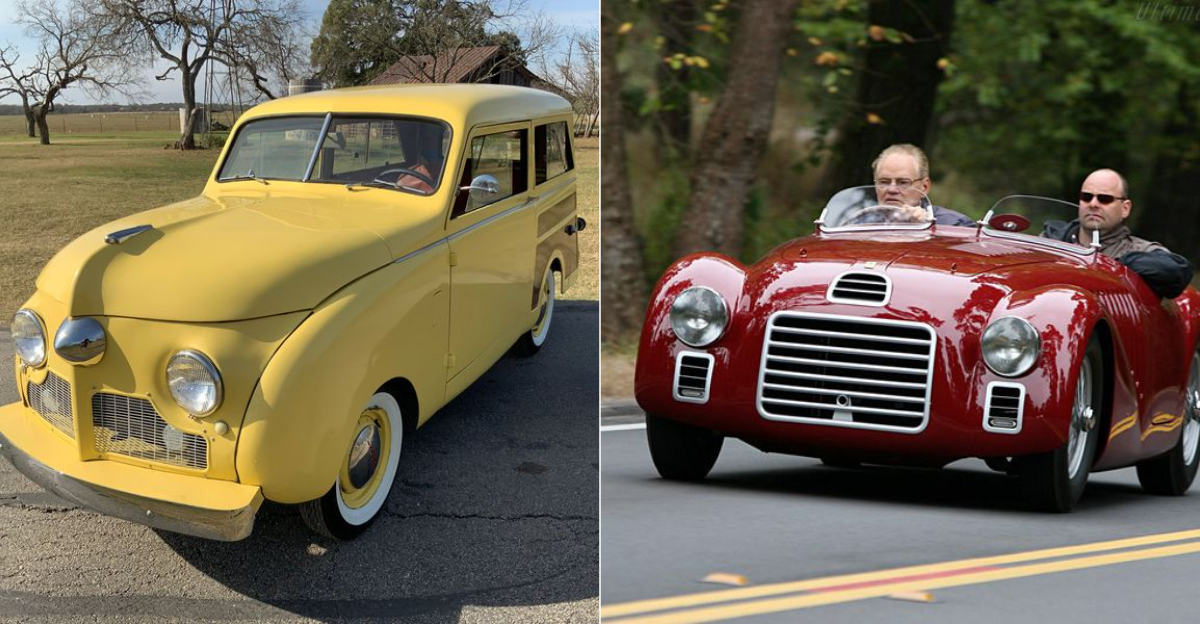
The 1940s shaped automotive history, with World War II pausing civilian production and the post-war boom sparking bold creations. Manufacturers transitioned from wartime machinery to passenger models, yielding both mundane machines and enduring classics.
While some vehicles faded into history, others remain celebrated for their striking aesthetics and pioneering engineering.
1. Crosley CC: The Forgotten Microcar
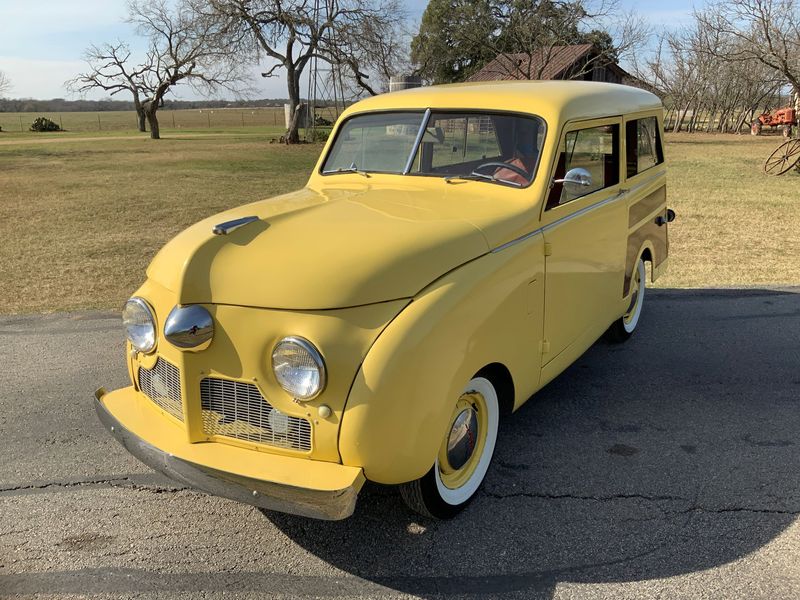
More akin to a toy than a roadworthy machine, the Crosley CC answered Europe’s compact trend. Its 2-cylinder engine, yielding a mere 26 horsepower, prioritized thrift over flair.
Americans favored brawnier models, relegating the CC to obscurity. Despite innovations like overhead camshafts, its odd shape and flimsy build ensured it rarely sparks collectors’ interest.
2. Studebaker Champion: Plain Jane Transportation
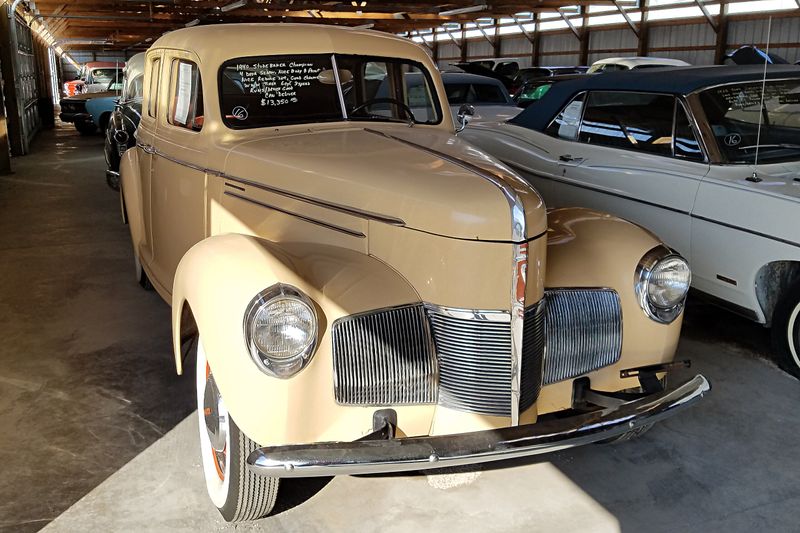
The Champion’s name promised grandeur, but its look blended into the crowd, built for function over allure. With plain sides and a lackluster grille, it served as practical transport for everyday families.
Its modest price and fuel efficiency appealed to budgets, yet few felt a thrill climbing into this unassuming ride.
3. Willys Americar: The Civilian Wallflower
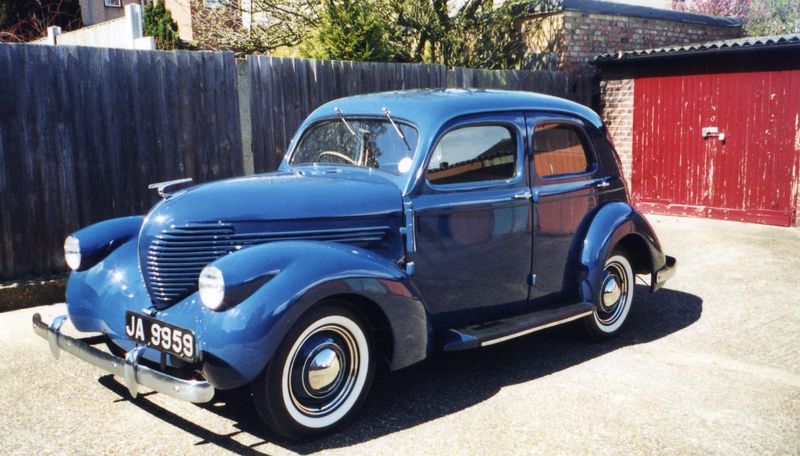
While Willys made its name with the iconic military Jeep, its passenger car offerings like the Americar barely registered in the public consciousness. Boxy and utilitarian, the Americar looked like it was designed with a ruler and little imagination.
Production halted early in the decade as Willys focused on war efforts. When you mention Willys to classic car buffs, they immediately think of rugged Jeeps bouncing through battlefields.
Rarely does anyone reminisce about the forgettable Americar gathering dust in suburban garages.
4. Hudson Traveler: Forgotten Family Hauler

Before Hudson’s sleek Hornet raced to NASCAR glory, the Traveler offered little to admire. Its practical aesthetic favored space over style, with a high roof and blocky frame.
The straight-six engine provided steady, unexciting capability, leaving even Hudson devotees to bypass this functional hauler.
5. Kaiser Special: Post-War Mediocrity
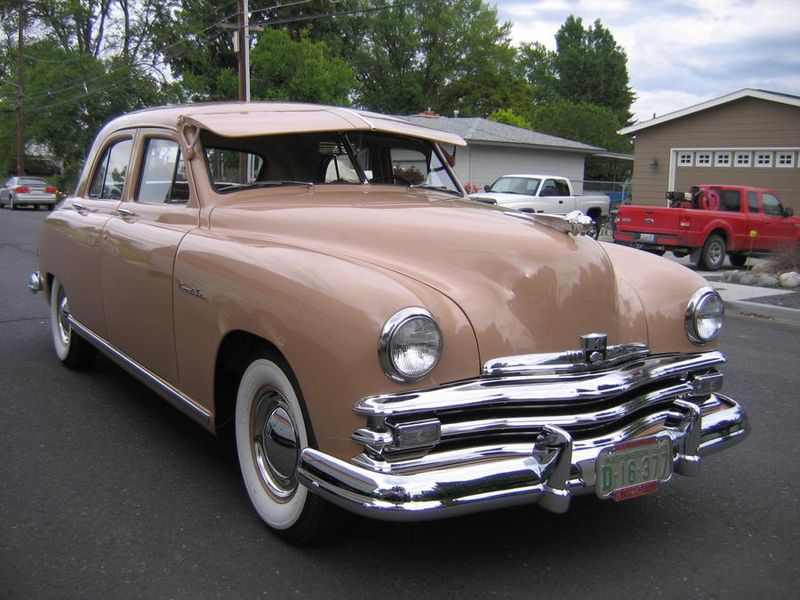
Henry J. Kaiser entered the automotive market after WWII with high hopes and mediocre designs. The Kaiser Special emerged as the epitome of “almost interesting”—a car that tried to be modern but ended up being merely adequate.
With its slab-sided body and conventional styling, the Special failed to stand out in showrooms. Kaiser automobiles lasted barely a decade in production, and their unremarkable designs explain why.
6. Packard Six: When Luxury Became Mundane
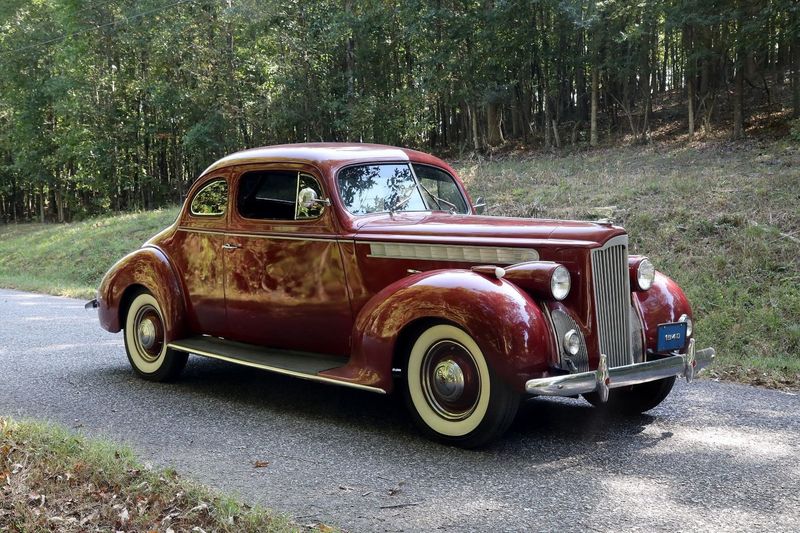
Packard once represented the pinnacle of American luxury, but their entry-level Six model diluted the brand’s prestige. Introduced to boost sales during tough economic times, the Six featured watered-down styling that lacked the grandeur of Packard’s premium offerings.
Automotive purists considered it sacrilege—a Packard that any middle-class family could afford! While mechanically sound, its compromised design and modest proportions made it the automotive equivalent of wearing knockoff designer clothes.
7. Nash 600: The Refrigerator on Wheels
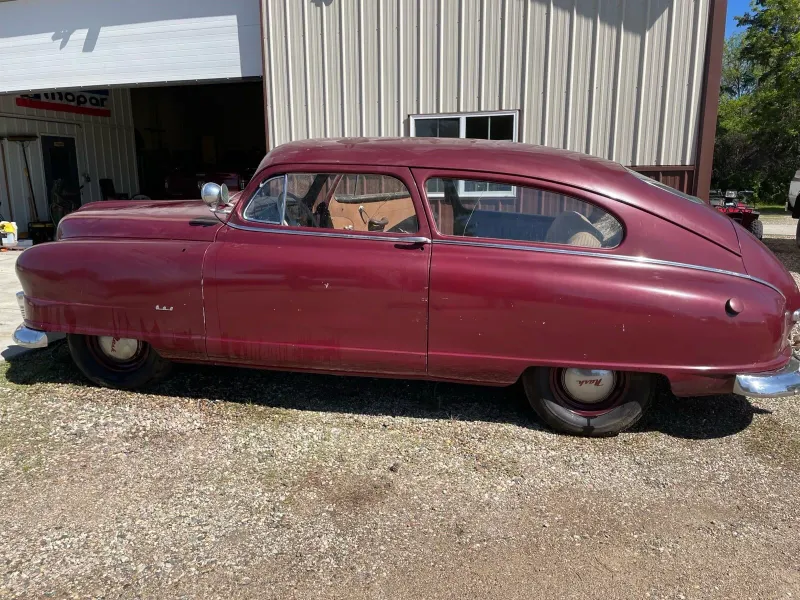
Nicknamed “bathtub” for its bulbous shape, the Nash 600 prioritized aerodynamics and efficiency decades before they became fashionable. Unfortunately, this forward-thinking approach resulted in a car that resembled a kitchen appliance more than a desirable automobile.
The 600’s enclosed wheels and rounded body may have reduced wind resistance, but they also reduced visual appeal. Nash’s engineering-first approach gave Americans impressive fuel economy during post-war rationing.
However, few drivers fantasized about owning this practical but profoundly unglamorous machine that looked like it belonged in a Sears catalog rather than a car enthusiast’s dream garage.
8. Bugatti Type 57: Automotive Royalty
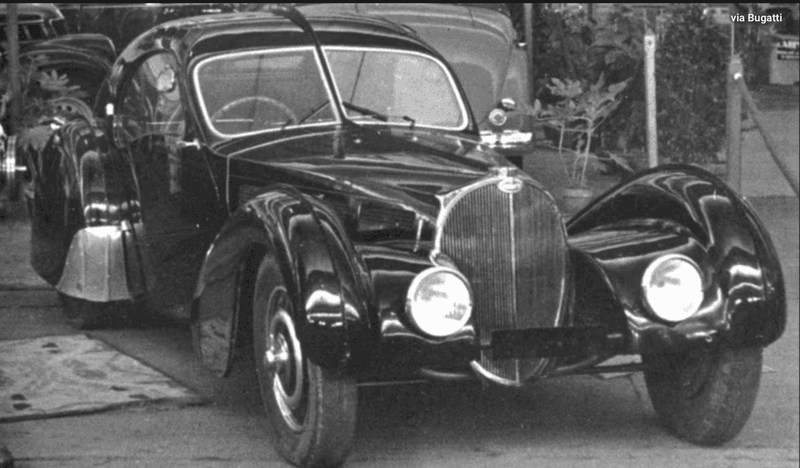
Ettore Bugatti’s Type 57 blended artistry and engineering, especially in its Atlantic and Atalante forms with flowing fenders and teardrop lines. Handcrafted to perfection, the supercharged 57SC delivered unmatched speed.
Today, rare Atlantics fetch millions at auctions, their elegant forms inspiring designers nearly a century later.
9. Alfa Romeo 6C 2500: Italian Elegance Personified
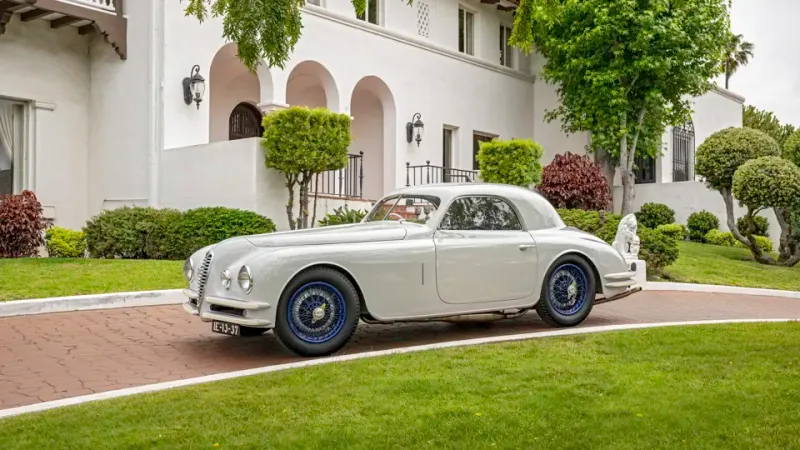
Crafted during a time when automobiles were built by artisans rather than assembly lines, the 6C 2500 remains the epitome of pre-war Italian sophistication. Each curve and contour of its hand-formed body exudes Mediterranean passion and artistic flair.
Racing pedigree flowed through its veins, with the competition-derived inline-six engine singing a mechanical opera under its long hood.
The Villa d’Este version in particular, with its Superleggera bodywork by Touring, represents perhaps the most beautiful expression of automotive design from the decade.
10. Talbot-Lago T26 Grand Sport: French Flamboyance
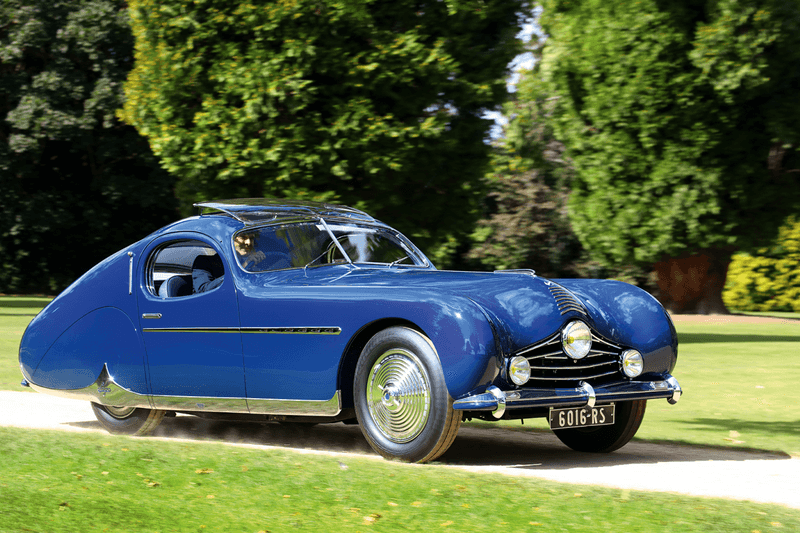
Automotive seduction took physical form in the T26 Grand Sport. Featuring voluptuous teardrop bodywork most famously by Figoni et Falaschi, these French masterpieces combined race-bred performance with unparalleled artistic expression.
Beneath the sensuous curves lurked a 4.5-liter six-cylinder engine developing impressive power. Each car was essentially a bespoke creation, with coachbuilders crafting unique bodies for wealthy clients.
The “Goutte d’Eau” (teardrop) coupés represent the pinnacle of French automotive art, with their flowing fenders and dramatic proportions still drawing gasps at prestigious concours events worldwide.
11. Delahaye 135MS: Automotive Haute Couture
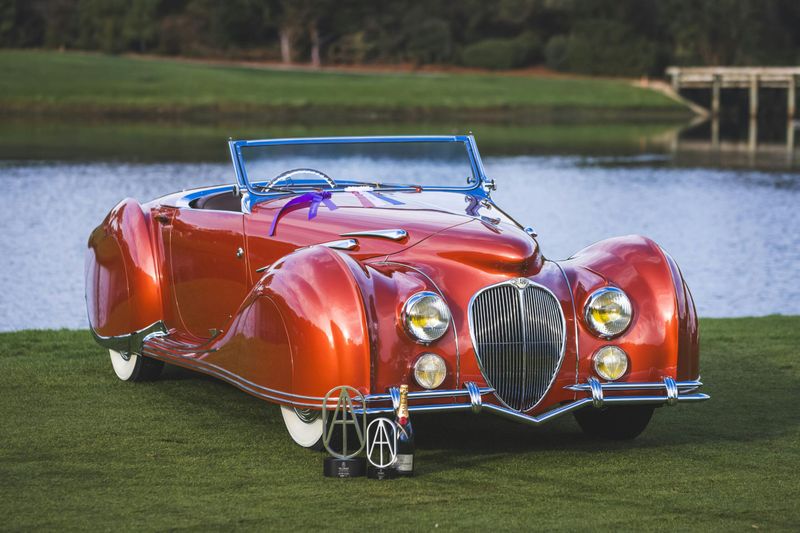
The Delahaye 135MS merged fashion and engineering, with coachbuilt bodies by Saoutchik or Figoni et Falaschi boasting vivid curves and chrome.
Le Mans victories proved its might, each unique model reflecting its owner’s taste. Its bold aesthetic continues to shape modern design.
12. Lincoln Continental: Hollywood’s Favorite
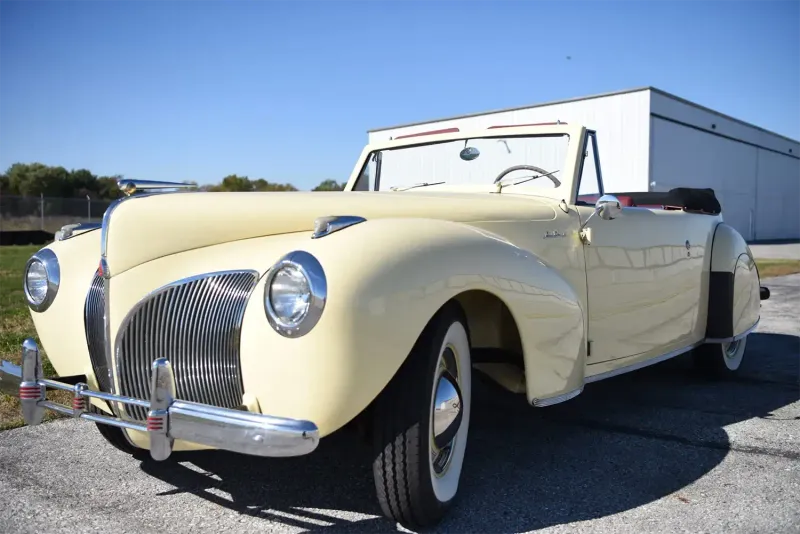
Edsel Ford’s vision birthed the Continental, a sleek machine with a long hood and signature spare tire. Its clean lines earned praise from Frank Lloyd Wright, who owned one.
Exuding refined luxury, it charmed Hollywood and remains a benchmark for elegant design.
13. Jaguar XK120: Britain’s Speed Demon
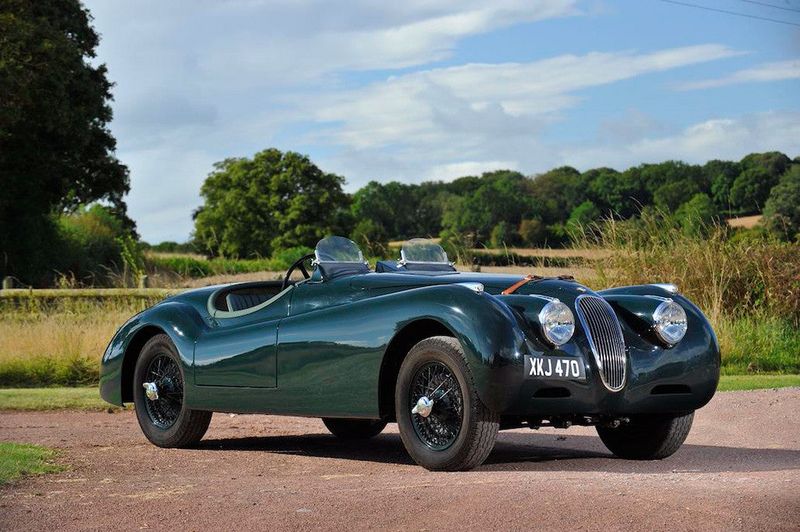
Launched in 1948, the XK120 stunned the automotive world as the fastest production car on the planet. Its flowing fenders and long bonnet created a silhouette that embodied speed even when parked, while its 120 mph capability (hence the name) seemed almost unbelievable in the post-war era.
The heart of this British beauty was its legendary XK inline-six engine, which would power Jaguars for decades.
14. Ferrari 125 S: The Birth of a Legend
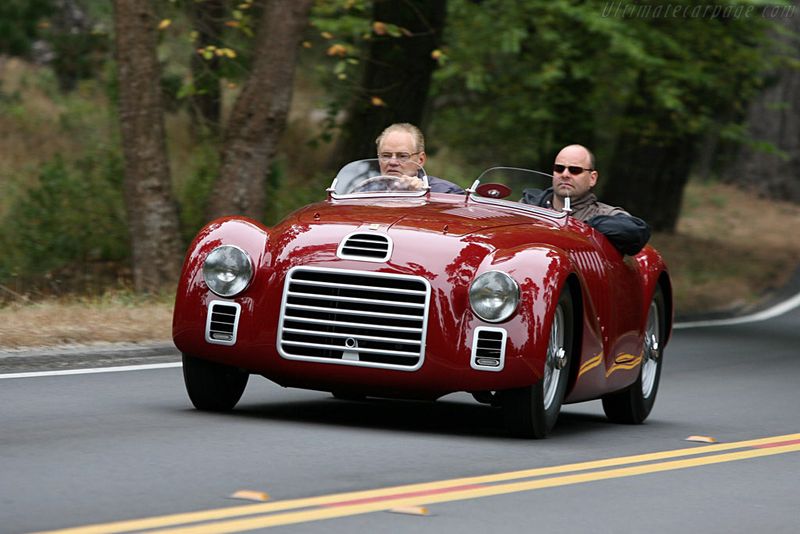
In 1947, Enzo Ferrari’s first namesake model, the 125 S, reshaped history. Its V12 engine, crafted by Gioacchino Colombo, won races, blending compact power with Italian flair.
Only two were made, now priceless relics. This roadster launched Ferrari’s enduring legacy of passion and prestige.
